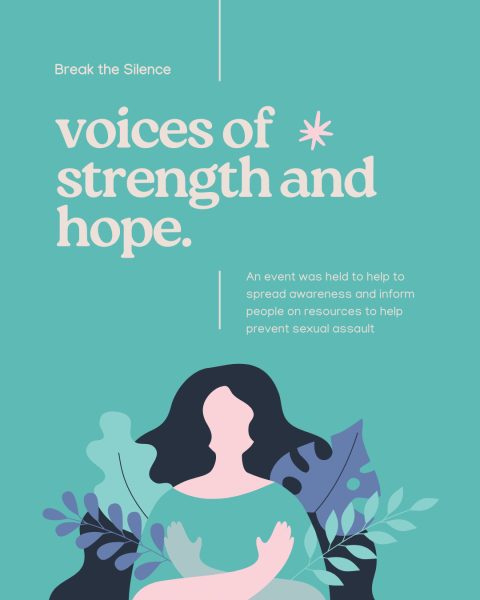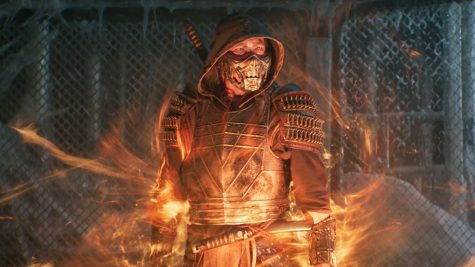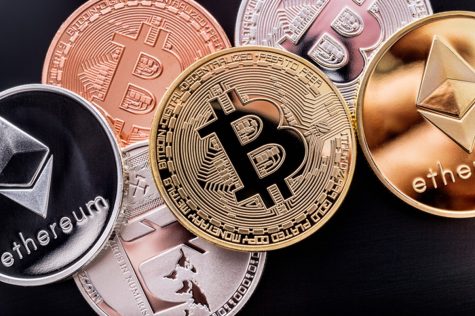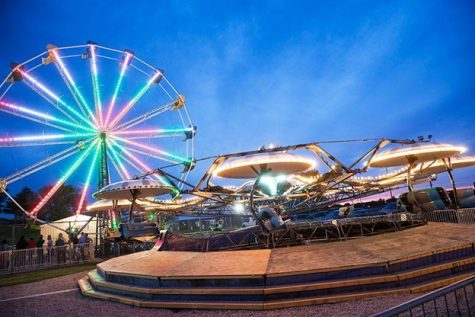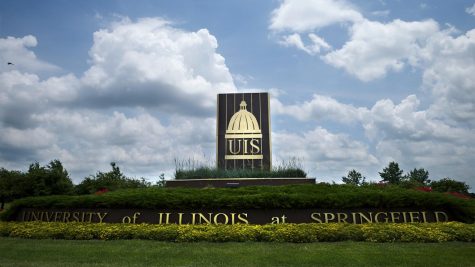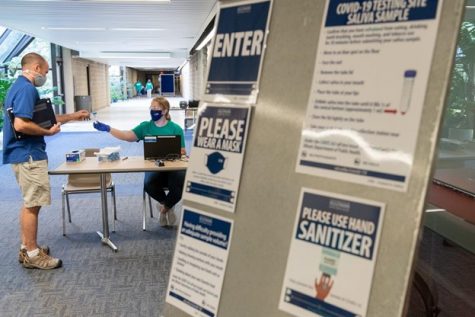Fighting for Presidential Loss vs. Justice

Photograph courtesy of https://6abc.com
In the weeks since the upheaval at the U.S. Capitol, multitudinous words have been exchanged about the participating party. Amid multiple exchanges, those that watched the event unfold have been left to ponder the reason behind such unprecedented behavior. Several participants and supporters of the U.S. Capitol riots take an opposing stance toward this past November’s presidential election results and express indifference toward the crimes committed at the Capitol. This very form of rioting has subjected the Black Lives Matter (BLM) movement to comparison in countless conversations thus far. Drawing parallels between the BLM movement and the Capitol riots, those in favor of overturning the election results have garnered a sense of equivalence. Understanding the rationale of both, however, casts light upon the notable difference between the two.
Incited on Jan. 6, the Capitol riots were the pent-up result of long-term premeditation. After a loss in the presidential election, defeated U.S. President Donald Trump quickly denounced the results, purporting widespread voter fraud. Trump and his allies convened with supporters, organizing what is now known as the “Save America Rally.” It was at this rally that supporters challenged the votes of the Electoral College. After the event came to a close, the subsequent march quickly escalated into an attempt to turn the vote around and “take back” the country. Encouraged by Trump, the protest escalated into a full-scale riot, fueled by the fire of many supporters’ stifled anger toward the election results.
In steep contrast, the summer BLM protests intended to serve a vastly different purpose. Following the murders of Breonna Taylor and George Floyd, people gathered to march against the strong presence of police brutality throughout the nation. Typically peaceful in nature, the protests sought to express the importance and value of Black people in America. Focusing attention on an issue that the nation has faced for several decades, the protests were a testament to the sheer exhaustion and frustration expressed by those who have witnessed or endured police brutality and racism. The vast majority of protesters did not commit acts of violence and destruction to convey this common sentiment. The rioters that did behave violently were overrepresented in some media outlets, seemingly in an attempt to garner monetizable viewership through fear and sensationalism. Reinforced by duplicitous politicians, this misleading overrepresentation of left-fringe violence caused some to erroneously conclude that every BLM protester was a Molotov-wielding anarchist.
Though reminiscent of the past summer for some, the Capitol riots and Black Lives Matter protests are not equivalent. As further made evident with the enforced police presence, or lack thereof, the two occurrences are polarizing. Aside from the flagrant visual difference, demonstrating against the systemic threat to Black people and attempting to overturn a secure presidential election do not hold the same significance.




